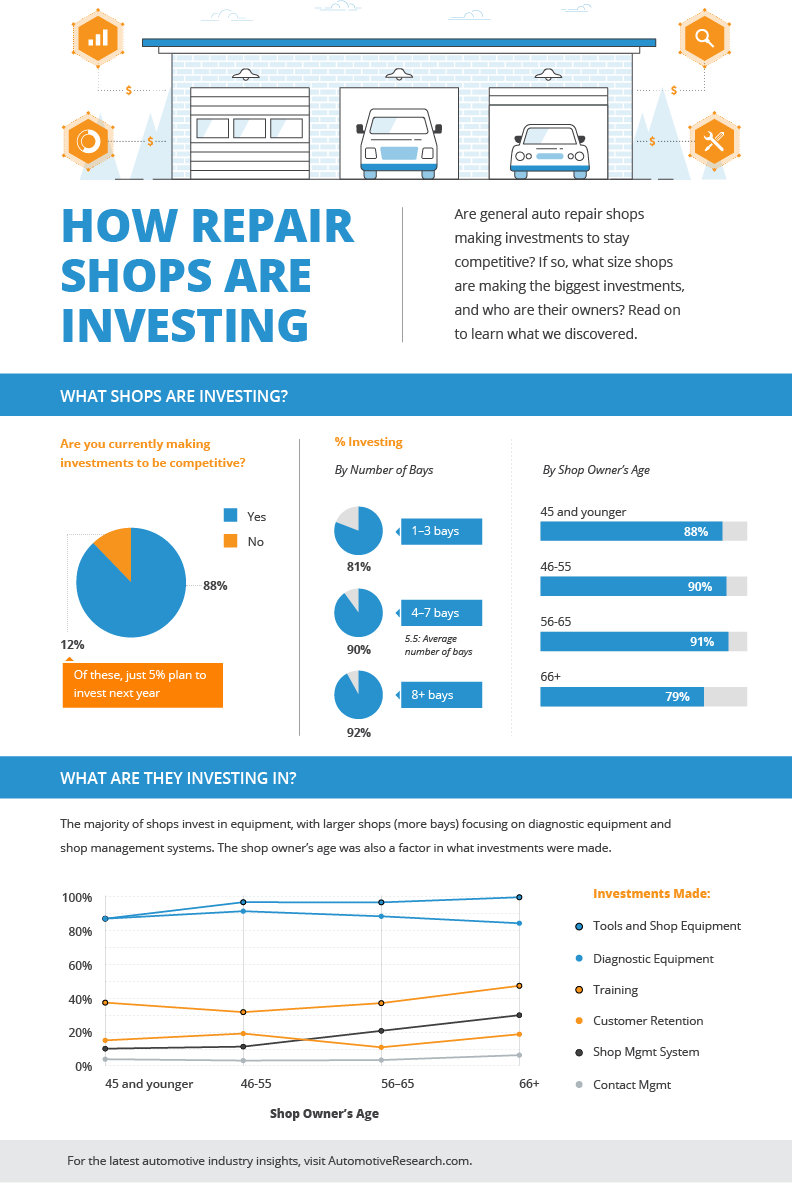Wondering Concerning The Meaning Behind Those Control Panel Caution Lights? Gain Understandings Into Their Implications For Your Vehicle'S Safety And Security And Upkeep
Wondering Concerning The Meaning Behind Those Control Panel Caution Lights? Gain Understandings Into Their Implications For Your Vehicle'S Safety And Security And Upkeep
Blog Article
Write-Up By- diamond detailing services
When you're behind the wheel, those radiant warning lights on your control panel can be a little bit complicated. Do you know what they're trying to tell you concerning your vehicle's wellness? Comprehending the significance of these lights is crucial for your security and the long life of your car. So, the next time one of those lights appears, would not you want to decipher its message accurately and take the necessary actions to resolve it?
Common Warning Lights and Interpretations
Identify usual warning lights in your auto and comprehend their definitions to ensure safe driving.
The most typical warning lights include the check engine light, which indicates problems with the engine or discharges system. If https://remappingnearme51628.59bloggers.com/31636759/leading-10-tips-for-picking-the-very-best-car-service-center-near-you comes on, it's essential to have your lorry checked promptly.
The oil pressure cautioning light indicates reduced oil pressure, calling for instant attention to stop engine damage.
A blinking battery light might suggest a defective billing system, possibly leaving you stranded if not dealt with.
The tire stress tracking system (TPMS) light notifies you to reduced tire stress, influencing lorry stability and fuel effectiveness. Overlooking this could lead to harmful driving problems.
The ABS light suggests a problem with the anti-lock braking system, jeopardizing your ability to quit rapidly in emergencies.
Finally, car detailing warning light warns of engine getting too hot, which can lead to extreme damage otherwise fixed swiftly.
Understanding these usual warning lights will help you attend to concerns immediately and preserve risk-free driving problems.
Relevance of Prompt Attention
Recognizing the usual caution lights in your auto is just the primary step; the relevance of quickly dealing with these warnings can't be stressed enough to ensure your security when driving.
When a warning light illuminates on your dashboard, it's your automobile's means of communicating a potential issue that needs attention. Neglecting these warnings can cause more extreme troubles down the road, endangering your safety and security and possibly costing you more out of commission.
Prompt focus to alerting lights can stop break downs and accidents. For example, a flashing check engine light could show a misfire that, if left ignored, could trigger damage to the catalytic converter. Addressing this promptly can conserve you from an expensive repair work.
Similarly, https://carbrakes84061.ourcodeblog.com/31359272/vital-tools-every-vehicle-fixing-facility-must-possess alerting light may signal low brake liquid or used brake pads, important parts for your safety when driving.
Do It Yourself Troubleshooting Tips
If you see a warning light on your control panel, there are a couple of DIY troubleshooting pointers you can try before looking for professional aid.
The very first step is to consult your cars and truck's manual to comprehend what the certain caution light indicates. Occasionally the concern can be as easy as a loosened gas cap triggering the check engine light. Tightening up the gas cap might deal with the issue.
Another typical issue is a reduced battery, which can set off various cautioning lights. Checking the battery connections for corrosion and ensuring they're protected could deal with the problem.
If a caution light persists, you can try resetting it by disconnecting the auto's battery for a couple of mins and after that reconnecting it. In addition, examining your vehicle's fluid levels, such as oil, coolant, and brake fluid, can help repair cautioning lights associated with these systems.
Conclusion
In conclusion, recognizing your car's caution lights is necessary for maintaining your vehicle running efficiently and securely. By promptly resolving these informs and recognizing what they mean, you can stay clear of pricey repairs and prospective failures.
Remember to consult your cars and truck's handbook for particular details on each warning light and take action accordingly to guarantee a hassle-free driving experience.
Remain informed, remain safe when traveling!
